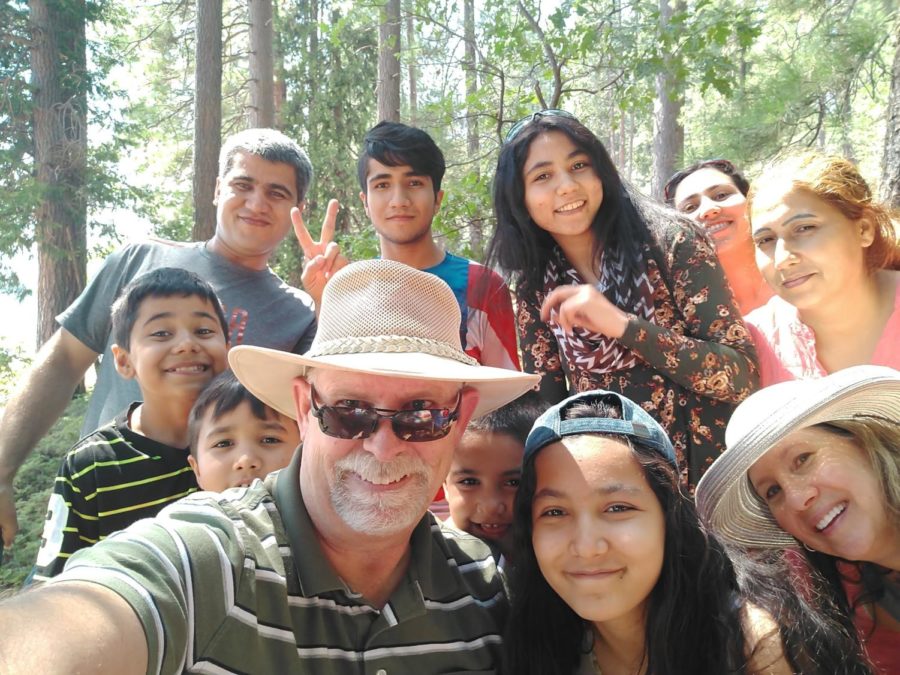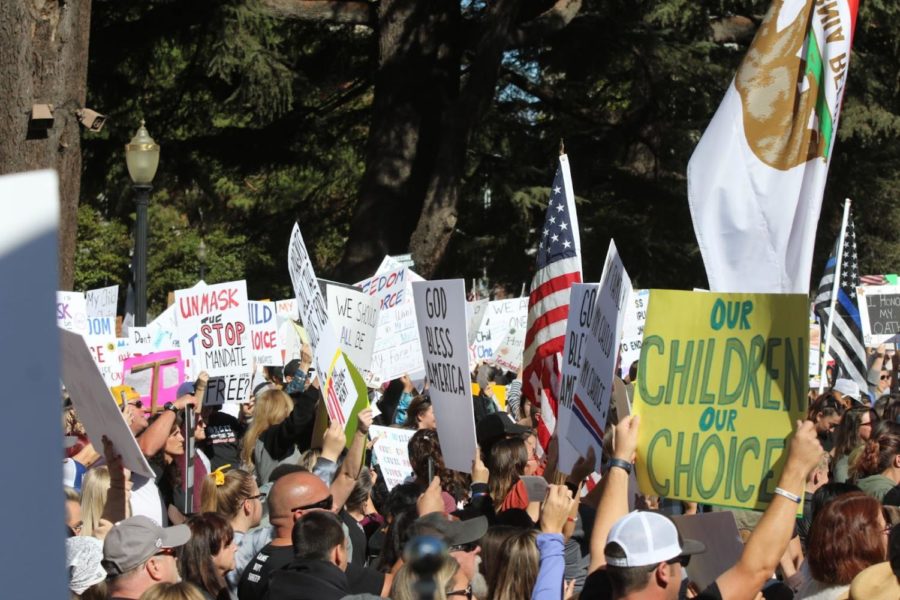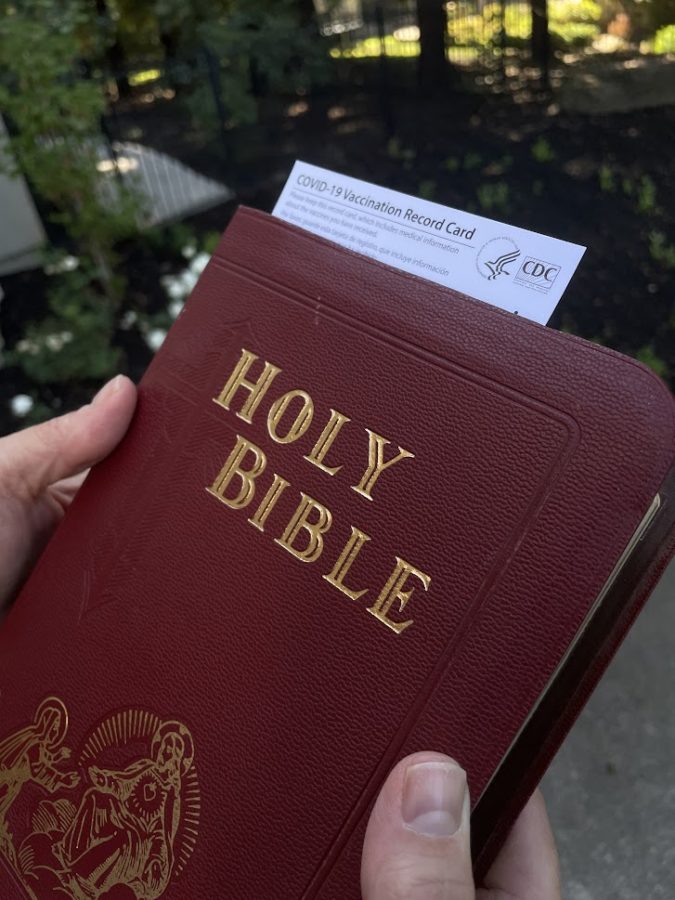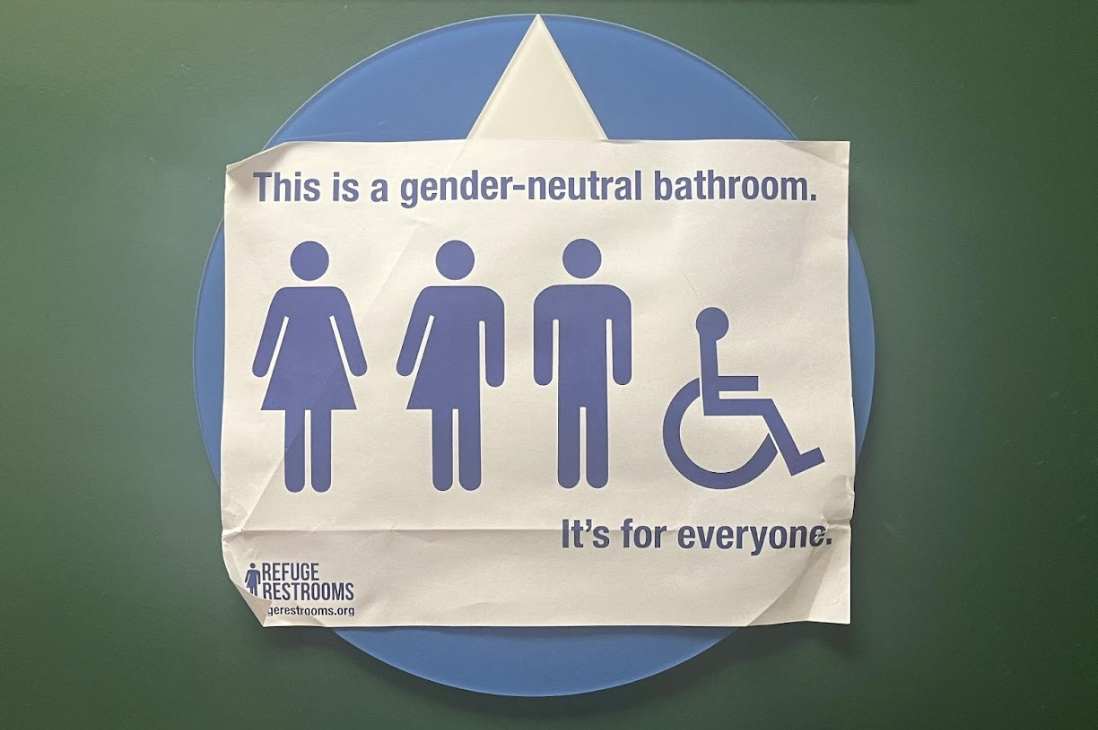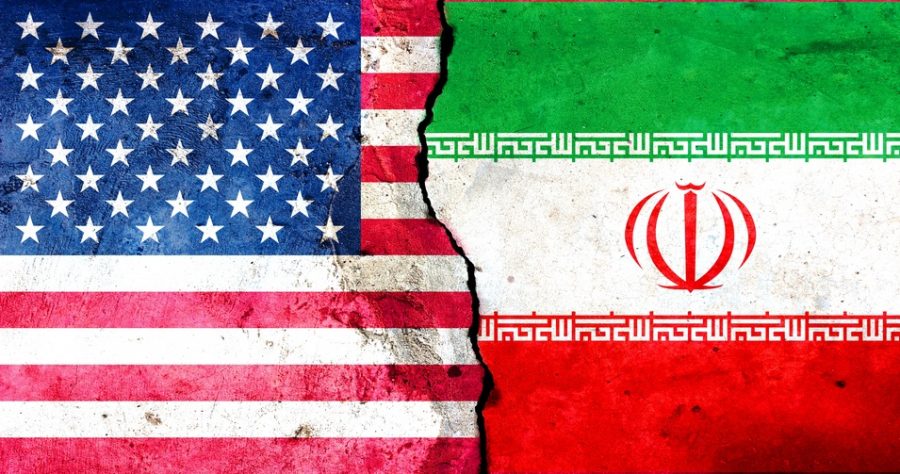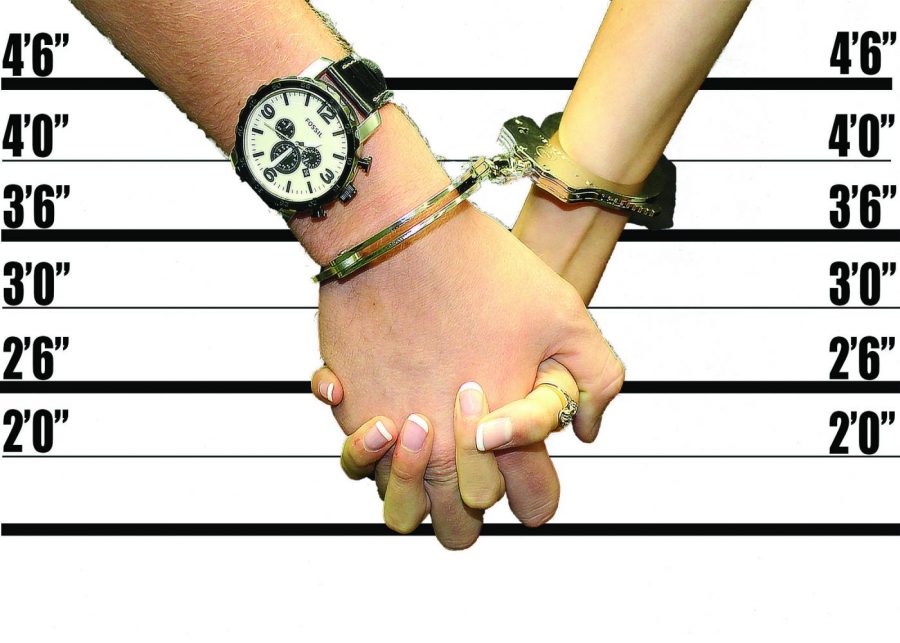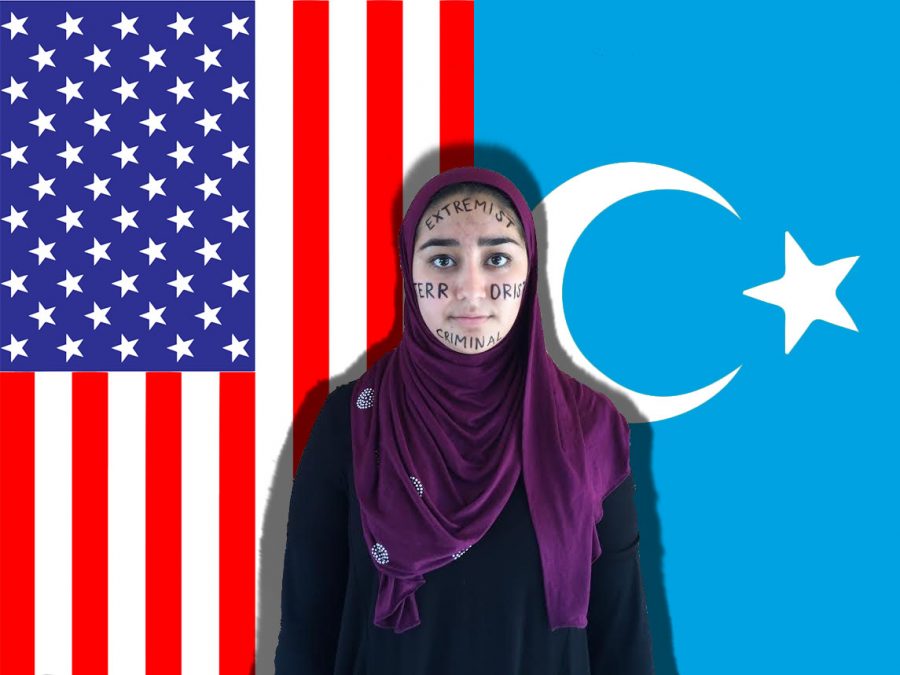There might be no topic more controversial or contended in the United States than gun control – to restrict or not to restrict, that is the divide.
America’s gun culture – that is, the beliefs and views about guns held by the American people – shifts standpoints from party to party. The Republican party views guns as untouchable items guarded by the second amendment, and the Democratic party believes that while the right to own is indisputable, guns are not immune to rational restrictions.
Differing views on guns may stem from what one perceives the purpose of gun usage to be. The ideas of guns used as a tool versus a weapon has been disputed.
Both former GBHS student Reed Homen and College Preparatory Biology and Fish and Wildlife teacher Scott Braly expressed the idea of guns being tools, which can be used both appropriately and inappropriately. However, others disagree.
“Guns are weapons,” said junior Maryne Matthews. “They are used to destroy whatever or whoever is being aimed at. Shattering disks, killing animals and murdering people. That’s what people use them for.”
In terms of guns used with a malicious intent, the degree with which gun violence occurs in the U.S. is higher than rates in other developed nations. According to Professor of Sociology Tom Kando, who is an expert in crime statistics and popular culture, firearms are used in approximately three fourths of all criminal homicides and suicides.
Gun culture and gun usage is also influenced by the media, cultural trends and political views.
“America is afflicted by a lethal combination: there is a diffused rage that is spreading like wildfire, and Americans are armed to the teeth with the most sophisticated weaponry imaginable,” Kando said. “This is a very combustible mix. The rage is fueled by those who peddle anger, angst and discontent to the population. The peddlers include political candidates and their media outlets.”
It is also true that while the U.S.’ gun death rate has decreased by 31 percent since 1993 – according to the Pew Research Center – a Harvard study found that the number of mass shootings since 2011 has tripled.
While a portion of U.S. residents favor an increase in gun restrictions – approximately 55 percent according to a Gallup poll – others stand strong beside the right to bear arms, guaranteed by the second amendment.
“This is America – land of the free and home of the second amendment,” GBHS 2014 graduate Chandler Dale said. “There’s not many other places in the world that promise citizens the right to bear arms (without any) infringe(ment) on those rights. So why would we want to forfeit certain liberties that our founding fathers specifically left for future generations to protect themselves, their country and their freedom?”
The second amendment is seen as the Constitutional protector of firearms against the placement of restrictions. However, some argue that the amendment’s relevance in the late 1700’s is irrational for the 21st century.
“I don’t believe that other comparable countries have anything similar to our 2nd amendment,” Kando said. “Surely the founding fathers did not mean to protect individual citizens to possess automatic assault weapons of mass murder, which can spray a room full of people with hundreds of bullets and kill dozens of people within minutes. And what happened to the word ‘militia’ in the 2nd amendment?”
With a slim majority of Americans supporting stronger gun regulations while guns themselves remain protected in the eyes of the Constitution, the gun control debate seems to remain gridlocked. But does this necessarily mean America has a gun problem?
“Do I think America has a gun problem? Definitely not,” Spanish teacher Ben Soper said. “I think we have an irresponsibility problem (which) doesn’t necessarily pertain to guns. I’m way more nervous of getting killed in the parking lot every day than I am about getting shot. I ask people who are really scared of guns ‘when is the last time you were shot at? Or when is the last time you saw someone get shot?’ There’s millions and millions of guns owned in this country, and those millions and millions of guns don’t just kill people.”
The commonly used clichés “guns kill people” versus “people kill people” are heard often in reference to the gun debate – the former placing blame for violent crimes on guns, the latter on the individual.
Because of the number and rate of gun-related deaths and crimes in the U.S. compared to other countries, junior Faith Atkins said, there is a definite gun problem in America.
Returning to Soper’s statement about irrational gun fears, the reference to the dangers of something as commonplace as cars may have more to do with guns than initially thought.
“Same as anything else – cars, airplanes, bicycles, (etc.) – the more guns there are in circulation, the more people will die from guns,” Kando said. “All categories of gun deaths – murders, suicides and accidents, especially among young children – go up with increased availability of guns.”
As reported in a 2012 Congressional Research Service report, in 2013 the number of guns in the U.S. was expected to exceed the total population – 357 million guns compared to 317 million people.
“The presence of hundreds of millions of firearms among the population, including ever more sophisticated automatic assault weapons, is the only reason why mass murder has become so common and why America differs so much from other comparable countries in this regard,” Kando said. “It is not the main reason, it is the only reason. Anger, political strife, fighting, tribal feuds, mental illness – none of these things are new. What is unprecedented is the insane volume of sophisticated weaponry in the hands of the populace, and the ease of obtaining it.”
Gun Control debate
Still, the resolution over the growing number of mass murders remains static. However, some, including gun owners, see certain types of gun control such as background checks as necessary, while certain more restrictive forms of gun control are seen as excessive.
Many gun owners, including Chandler Dale and Scott Braly, said they believe background checks are reasonable and aide in the process to spot red flags and filter gun distribution away from those who may possibly mishandle their gun.
“We should have background checks, … gun ownership is a right, it’s not a privilege,” Braly said. “I think it’s reasonable that anytime a gun is sold, from person A to person B, there should be a background check. But they should be quick, there’s no good reason for a ten day background check like we have in California. (Some) say ‘it’s a cooling off period so they can’t buy a gun when they’re mad and then shoot somebody with it.’ But a day or too should be (sufficient).”
Some, like Braly, agree with background checks but not other, more excessive, forms of gun control. Others, like Atkins, are more supportive of gun regulations than background checks.
Others, still, do not support more intensive versions of gun control because they may see those regulations as infringements upon their guaranteed rights and may not believe that restricting guns will reduce crime – future imposed restrictions will not have an effect on criminals who bear firearms.
“The population has been brainwashed into believing that gun control ‘doesn’t work,’” Kando says, “That’s nonsense. Consider ‘car control:’ today, the number of deaths per-mile-driven is twenty five times lower than it was three generations ago because the nation developed a coherent, mandatory and universally enforced set of regulations. The same could be done with guns, if a majority of Americans didn’t view gun-crime as inevitable.”
However, those who stand against gun control remain strongly opposed. These adversaries include Congressman Tom McClintock, who represents California’s fourth district which includes parts of Placer County.
“The best defense against an armed terrorist is an armed American,” read McClintock’s official statement on gun control, sent electronically by his Press Secretary. “That’s what the second amendment is all about. It is an absolutely essential pillar of our security.”
Executive Order
This opposition to gun control is not shared by all elected officials, including President Barack Obama, who recently committed to reduce gun violence by using a series of Executive Orders. These Executive Orders plan to prevent gun crime by requiring those who sell firearms – whether in person or online – to have a license to do so and conduct background checks. Also, by funding personnel from the Bureau of Alcohol, Tobacco, Firearms and Explosives (ATF) to enforce the new gun laws, by increasing investments in mental health care and by asking specific departments, such as the Department of Justice, to conduct investigations into gun safety technology.
Junior Katie Misik said she believes the President is overstepping his boundaries by implementing excessive policies. Braly also said the Executive Order may be an overuse of power, but that it is a better response than parties in Congress sitting in gridlock, refusing to compromise.
“If congress is not able to do (anything) at all, even really have a rational discussion over things that could be done, then maybe the president does need to do it,” Braly said. “I think (the government) needs to respond. A responsible government tries to make its country safer for its people. And anybody that buys a gun, period, should have a background check.”
California’s gun laws
The President’s Executive Action will affect other states more than it will California – which is known for having stricter gun laws than most other states. Among other restrictions, California bans certain assault weapons, restricts gun shows, requires a ten day waiting period before individuals can receive the gun they bought and requires that gun sellers have a license and issue background checks – a requirement also seen in the Executive Action.
In some cases, in terms of the banning of assault weapons, California’s currently implemented restrictions exceed the level of restrictions in the President’s Executive Order. Because of this, the restrictions may not affect Californians to a great extent.
“It comes back to what we’re used to in California,” Braly said. “California has much more restrictive regulations than anything (President Obama) is proposing. Some of the states are much less regulated, so some of the things that we’re used to in this state, people in other states are not (used to). So it’s a big change for them, potentially.”
In certain states, such as Texas, residents can open carry. Reed Homen, a former GBHS student who recently moved to Texas said that it isn’t surprising or shocking to see people carrying guns, and, unlike Californians, Texans have more of a respect rather than a fear of guns.
Will Lambert, a resident of Australia, said that if one owns firearms in Australia, which are already hard to buy, they must have a gun license, they are required to lock them in a special safe, and even then the police “periodically come and inspect them.”
Localized perspective
Granite Bay itself may have an attitude towards guns different than most cities in California, and even the state of California itself. Placer County is one of the more Republican-dominant counties in all of California, with 45.95 percent of registered Republican residents. Because Republicans are generally more opposed to gun regulations, some speculate that Granite Bay is more open to guns and resistant of restrictions.
“Granite Bay, being a heavily conservative area, seems to have a very positive attitude towards guns and gun culture,” graduate Chandler Dale said. “I have no idea about the amount of actual gun ownership, but when the high school trap team met with many local businesses for sponsorship, the community welcomed the idea of high school kids competing in a sport with guns. Many were surprised to find out a high school in California lets you get varsity letters in shooting sports.”
The GBHS trap team is advised by assistant coach and faculty advisor Scott Braly and head coach Ron Dale. Braly said that the main benefit received by members of the trap team is to learn about responsibility, as well as learning about properly handling a gun and safety.
Arming teachers
Because guns are more welcomed in the Granite Bay community than they might be in other, more liberal, communities, the idea of arming teachers is still debated, but considered by some. Arming teachers has been a suggested response to school shootings. In reference to Congressman McClintock’s aforementioned statement, supporters of the idea believe that trained armed teachers could adequately protect students in case of danger.
“I have plenty of experience to be armed safely, and responsibly, but I go back and forth about whether it is something I would want to do, personally,” Braly said. “We can’t afford to have more law enforcement, (although) that would reduce the chance of (shootings) happening. So one option is to arm teachers. It’s not like we have a faculty meeting and say ‘OK here’s a gun for everybody.’ It would be very closely controlled, the people that would (carry) would be vetted, and then the guns would certainly be secure at the school. There would be a lockbox and a safe where it (would) only be opened by that person. If we explored that possibility someday, I would certainly be open to considering it. Because the goal is to keep people safe. That’s one of our primary goals and that might be a way to do that.”
However, not everyone agrees that an increase in arms would increase safety – again, increased arms has been seen to cause increased accidents. But the call for arms is not unusual.
“After every new mass murder, Americans go in two opposite directions: many run to gun stores and buy additional firearms, while some support stronger gun control,” Kando said. “We increasingly hear calls to permit college students to come to class armed with both concealed as well as visible firearms. I taught at (a) university for over 40 years. I can’t imagine how I would have felt, knowing that I was facing dozens or hundreds of armed individuals in my classrooms, but ‘feeling safer’ would certainly not have been it.”
Ultimate solutions
In a time of increased mass murders and fear, what is the ultimate solution to what many perceive as a gun problem?
Take, for example, Australia, which has had huge success in lowering gun crime after they responded with a ban on certain semi-automatic weapons and a buyback of automatic shotguns and rifles to the Port Arthur Massacre which killed 35 – almost the equivalent of the Virginia Tech shooting, in which 32 were killed. Lambert, the Australian resident, said that the country’s gun crime is relatively nonexistent.
Some think a step as drastic as a complete ban on guns is plausible.
“Although many view it as drastic, the complete banning of guns is the most obvious and avoided answer,” junior Maryne Matthews said. “How many children, teens (and) people have to die before we realize how dangerous guns are? In Australia, it only took one horrible tragedy for them to realize this. It’s not even a shock anymore when news of yet another shooting comes on the news. Stories of children killing or maiming themselves or other children rarely even make the news. Without access to guns, (this) type of crime will without a doubt drop dramatically.”
Ultimately, if this rate of mass murder continues or increases, a regulatory response is expected. Even without regulating legislation, there is hope for the future.
“The good news is that (gun) violence has already declined tremendously over the past three decades,” Kando said. “Regardless of what happens on the ‘gun front,’ the American people are becoming more mature: both literally, the population is aging, and psychologically, we are becoming more ‘civilized.’ So crime declines. Many, including President Obama, have noted that ‘we may never be able to eradicate gun violence fully, but we can certainly reduce it a great deal, and save thousands of lives each year.’ This is absolutely true and it is the bottom line.”
“There will be some progress on the legislative front, but progress will happen regardless of what the federal government does. In time, I see less panic (and) less frantic gun buying, especially … of automatic weapons of mass murder.”




